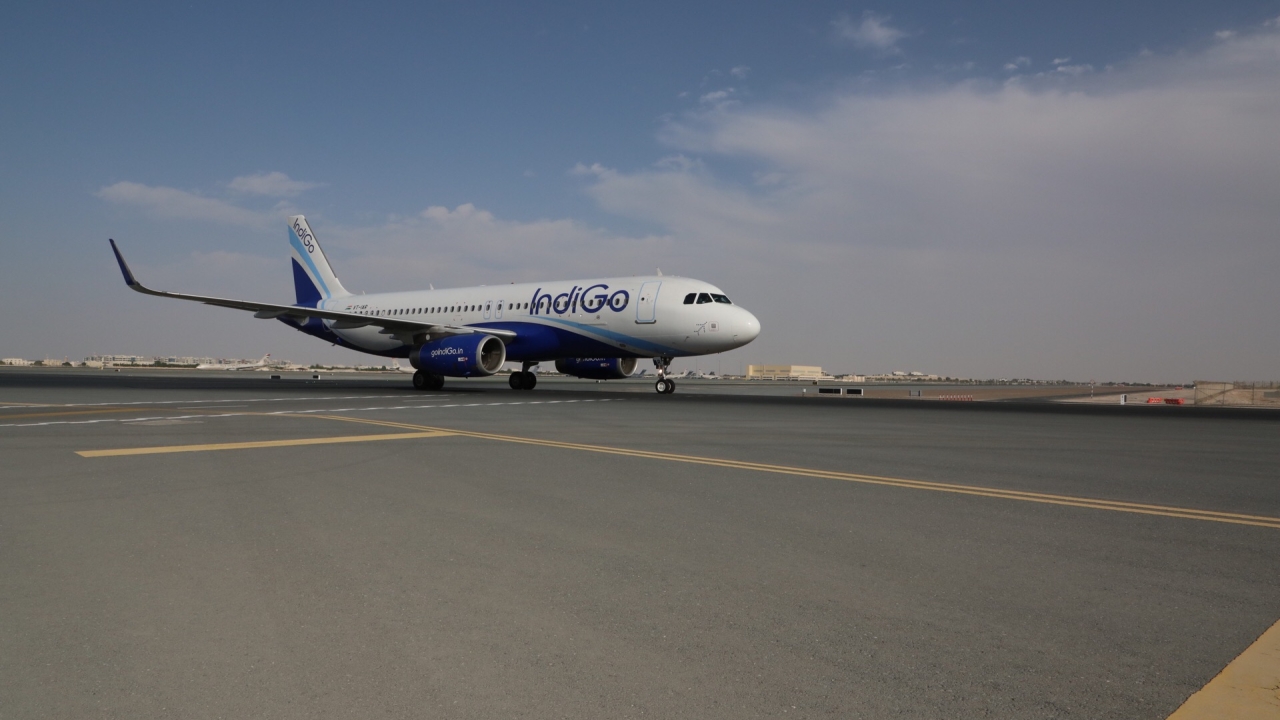Emirates thrives on Australia regional tourism growth

“The partnership with Emirates has opened up 32 destinations on the Qantas domestic network, making travel to and within Australia easy for visitors and providing tourism operators with new opportunities from international tourists visiting the country,” said Hickey.
“Outside our city gateways, international customers have purchased an average of five times more fares to the top regional centres including Cairns and Hobart than under our previous partnership arrangements for Europe, and we have seen a significant increase in bookings for new codeshare destinations including Alice Springs, Darwin and Townsville.
“Through our $72 million joint marketing investment in Australian tourism with the state and territory tourism organisations, we’re promoting Australia to a bigger audience than ever before. The majority of Qantas and Emirates customers travelling to Australia are from the United Kingdom, Middle East, Singapore, Germany and Italy.”
Australian travellers are also reaping the benefits of the partnership, with more than one million passengers having travelled through Dubai and onwards to more than 65 destinations across the Middle East, North Africa, the United Kingdom and Europe in the last twelve months.
Hickey said Qantas customers in Australia had given the partnership a clear stamp of approval in its first year.
"The reaction to the partnership has been extremely positive to the point where the highest customer satisfaction ratings across our international network are on flights from Sydney and Melbourne to Dubai.” said Hickey.
But industry analyst Saj Ahmad said that the real beneficiary of the arrangement is Emirates.
“A year on from aligning itself with Emirates, Qantas has gone backwards, lost money hand over fist and its regression shows no sign of turning around while Emirates, who announce their 2013 results in a few weeks, goes from strength to strength.
“While every coin has two sides, the Qantas-Emirates coin couldn't be more divergent. Emirates has lapped up passengers via Qantas in Dubai, further boosting airport traffic and ultimately its bottom line too. Emirates is a clear winner here. The pact runs for five years until 2018 and if Qantas cannot turn itself around before that expiry, then you would have to question whether they would want to extend that deal - especially when you consider that the two airlines were vying for a ten-year approval. Qantas is in a bad way and nothing separates it from the mess at Air India - both airlines are exceptionally poorly run and are both lethargic in their attitude to change, “ Ahmad said.
“This is why Emirates has nothing to lose while Qantas languishes and it's probable that Emirates sees an indolent partner as beneficial to extract more international traffic out of.”
Stay up to date
Subscribe to the free Times Aerospace newsletter and receive the latest content every week. We'll never share your email address.

